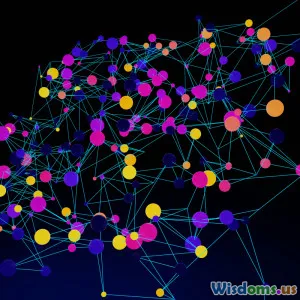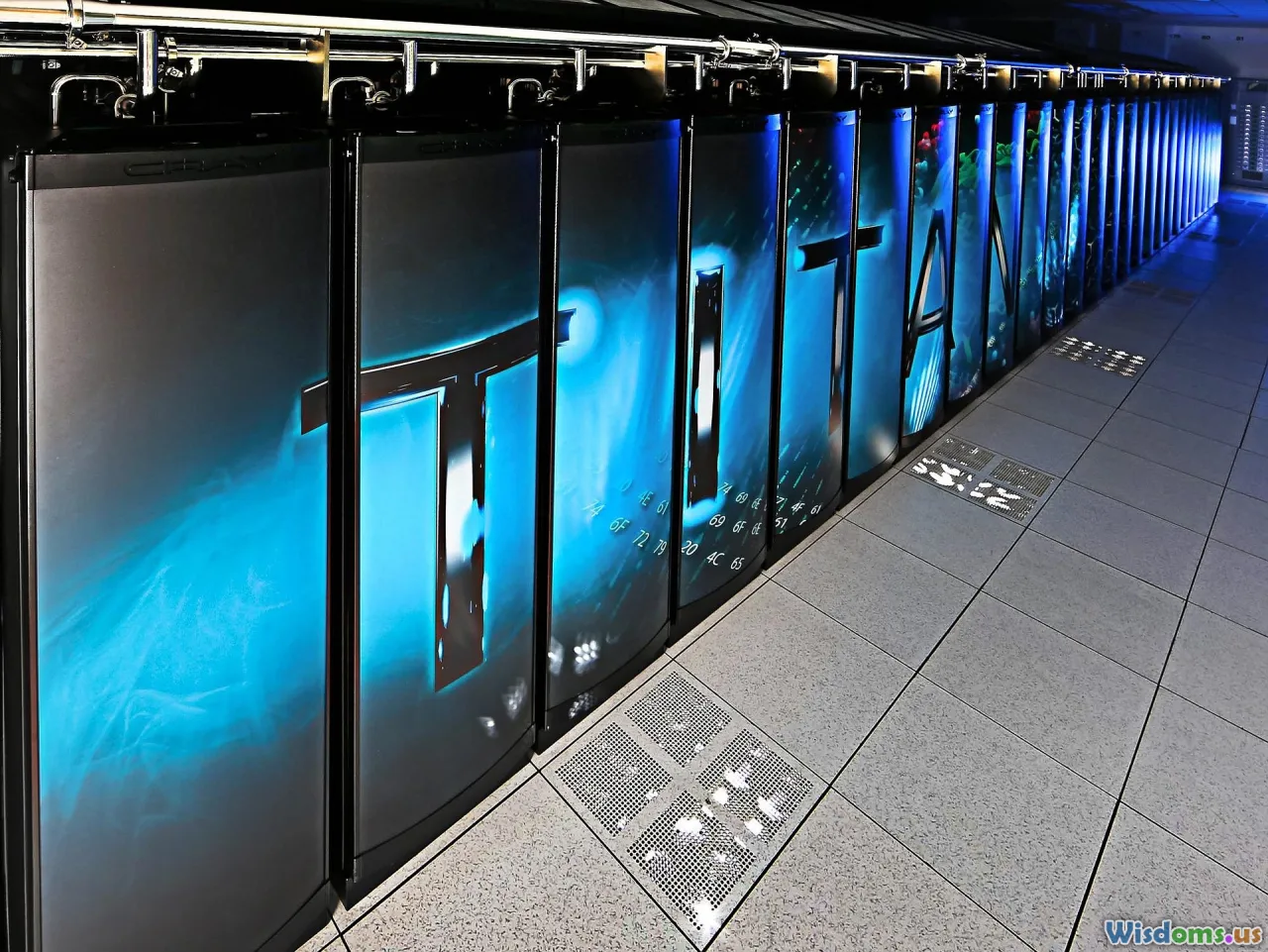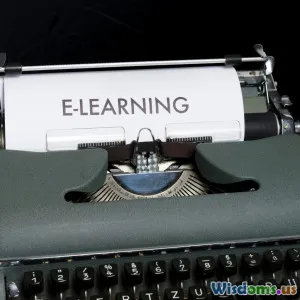
Deep Learning Compared to Traditional Machine Learning Methods
17 min read A clear comparison between deep learning and traditional machine learning approaches, illustrating their differences, strengths, and use cases. (0 Reviews)
Deep Learning Compared to Traditional Machine Learning Methods
The world of artificial intelligence is marked by pivotal innovations, but few developments have captured imaginations—and disrupted industries—quite like deep learning. The media often touts striking achievements: artificial intelligence (AI) models recognizing faces, decoding complex languages, or outmatching human champions in games. Yet, beneath these headlines is a vital question for data scientists, engineers, and business leaders: How does deep learning truly compare to traditional machine learning methods? The answer not only guides research directions, but also impacts decisions in hiring, infrastructure, and competitive strategy.
Defining the Approaches: Traditional Machine Learning vs Deep Learning

A grounded understanding begins with terminology. "Traditional machine learning" refers to algorithmic approaches such as decision trees, support vector machines, k-nearest neighbors, and even basic linear and logistic regression. Solutions using these algorithms tend to rely upon hand-crafted feature engineering. Essentially, a domain expert teases out relevant data characteristics that will help models learn their tasks.
Deep learning, by contrast, centers on multi-layered artificial neural networks inspired by the human brain. Thanks to these deep networks, feature extraction and pattern discovery happen automatically, given sufficient data and computational power.
Example:
- If you're developing a model to differentiate between images of cats and dogs, a traditional approach would involve extracting features (edges, colors, textures) via algorithms like SIFT or HOG, then feeding those numerical representations into a classifier like a support vector machine (SVM).
- A deep learning workflow would feed raw images into a convolutional neural network (CNN), which autonomously learns what visual characteristics best differentiate between cats and dogs.
Fact: In 2012, the deep neural network architecture AlexNet famously reduced error rates by 41% in the ImageNet challenge—a performance leap that drew a distinct line between traditional and deep learning approaches in computer vision.
Feature Engineering vs Feature Learning

One of the most transformative aspects of deep learning is its approach to features—arguably the heart of any machine learning model.
Traditional Machine Learning’s Reliance on Feature Engineering
Models such as random forests or logistic regressions typically require an expert-led effort to distill data into salient features. For example, a fraud detection system using transaction data might use handpicked variables such as transaction amount, time of day, country pair, account history trends, etc. This process requires domain expertise and often involves iterative trial and error.
Deep Learning: Built-in Feature Extraction
Deep neural networks, particularly deep convolutional and recurrent architectures, learn to extract features automatically from raw, unstructured data (images, audio, text). Early layers learn simple attributes, while deeper layers capture more complex patterns.
Real-world Insight:
-
In speech recognition, deep learning systems outperform traditional MFCC-feature-based methods by automatically uncovering latent acoustic patterns, making voice assistants like Alexa and Google Assistant more reliable.
-
In natural language processing, models like BERT or GPT learn intricate semantic and syntactic relationships instead of relying solely on bag-of-words or TF-IDF statistics from conventional methods.
Data Requirements and Scalability

Success in the machine learning realm often hinges on data volume. Yet, the ability to tap into "big data" is a domain where deep learning and traditional machine learning sharply diverge.
Traditional Methods: Shine in Data-Constrained Environments
Algorithms like support vector machines, XGBoost, or logistic regression shine when trained on small to medium datasets. For example, in a healthcare trial with a few thousand records, gradient boosting trees can often rival complex architectures in predictive accuracy.
Deep Learning: Hungry for Data, Monstrous in Scale
Deep networks thrive with massive datasets. For example, the transformer models that power modern language understanding require billions of training examples. ImageNet’s dataset itself, with over 14 million labeled images, fuelled breakthroughs in computer vision. Deep learning models often stagnate or overfit when trained on limited data, failing to generalize well.
Tip: Organizations without access to vast labeled datasets can leverage advancements like transfer learning—tuning pre-trained deep neural networks with small, domain-specific datasets.
Example in Industry:
- Self-driving car technology, powered by deep learning, requires millions of hours of driving footage—orders of magnitude more data than traditional approaches might be designed for.
Computational Demands and Infrastructure

Another point of divergence is the sheer computational requirement. Deep learning’s appetite for compute sets it apart.
Traditional Models: Light and Nimble
Classic machine learning approaches often run comfortably on standard servers or even personal laptops. Linear regression, naive Bayes, and decision trees can be trained and deployed efficiently without expensive hardware. As a result, organizations with modest IT budgets or rapid iteration cycles still favor these tried-and-true techniques.
Deep Learning: The Era of GPUs, TPUs, and Cloud Scale
Training a modern deep learning model can consume hundreds or thousands of GPU hours, often requiring specialized hardware such as NVIDIA’s Tesla-series GPUs or Google’s TPUs. Large organizations deploy whole server farms to keep pace. Deep learning frameworks (TensorFlow, PyTorch) have also evolved to support distributed training across nodes and support on-demand resource allocation via cloud services.
Stat: GPT-3’s training required an estimated 3.14E23 FLOPs, equivalent to several days of high-end GPU cluster operation.
Practical Insight:
- For business scenarios where prediction latency must be below milliseconds (e.g., ad targeting), the efficient predict-time performance of traditional models provides an edge.
Interpretability and Transparency

As AI systems impact critical applications, interpretability grows from a technical curiosity to a regulatory requirement.
Black-Box Nature of Deep Learning
Neural networks—especially highly complex architectures—are often labeled as "black boxes." While various methods exist to visualize or approximate their reasoning (such as SHAP, LIME, or saliency maps), a deep network’s decisions can remain opaque. This is a challenge for applications that require accountability, including finance, healthcare, and law.
Traditional Methods: Foster Transparency
Linear models and decision trees are inherently more interpretable. A simple regression can show which features increase or decrease the outcome, while decision trees make branching decisions visible. This transparency is crucial for domains such as insurance underwriting, where regulations demand understandable, auditable systems.
Example:
- Europe’s GDPR has explicit provisions for AI explainability, making banks lean toward transparent models for credit risk assessment.
Practical Tip:
- Where explainability outweighs marginal gains in prediction accuracy, traditional methods—or hybrid systems where deep learning features are fed into transparent models—can deliver the best of both worlds.
Domains of Excellence: Strengths and Best Use Cases

How do you know which path to choose? The decision hinges on matching model strengths to business requirements and data realities.
Where Deep Learning Dominates
- Image analysis: Medical imaging, facial recognition, satellite imagery analysis, and autonomous vehicles leverage CNNs and vision transformers for state-of-the-art performance.
- Speech and language: ASR (Automatic Speech Recognition), language translation, chatbots, and voice assistants profit from models like WaveNet and BERT.
- Complex sensory fusions: Robotics and self-driving cars merge vision, audio, radar, and LIDAR through deep multi-modal networks.
Winning Grounds for Traditional ML
- Tabular data: Financial modeling, healthcare analytics, churn prediction, and inventory forecasting often see gradient boosted trees or linear models outperforming deep neural nets.
- Situations demanding explanation: Model transparency and regulatory needs direct organizations toward interpretable models.
Case Study:
- A major online retailer leverages deep learning for product recommendations (handling images and texts from reviews), but retains gradient boosted trees for customer return prediction, where traceable reasoning and quick deployment matter most.
Speed of Development and Ease of Deployment

The practicalities of building, testing, and deploying machine learning solutions are central to business adoption.
Traditional ML Streamlines Rapid Prototyping
Standard, well-established frameworks (scikit-learn, XGBoost) allow data scientists to iterate rapidly, thanks to simple APIs, manageable data pipelines, and a wealth of literature. Deployment can occur via microservices or even embedded devices with low computational overhead.
Deep Learning Workflows: More Complex, but Evolving Fast
While model architecture selection and hyperparameter tuning are more involved, recent innovations are easing these bottlenecks. AutoML tools (e.g., Google AutoML, H2O.ai) automate many design choices, abstracting complexity. Yet, the learning curve and infrastructure requirements still favor traditional methods for small teams or proofs-of-concept.
Tip:
- A hybrid approach is ideal for organizations looking to explore deep learning: start with traditional ML for rapid insights, then gradually introduce deep learning for components where it can deliver high ROI.
Model Generalization and Overfitting Concerns

Ensuring a machine learning system generalizes (performs well on unseen data) rather than just memorizes training samples, is a core technical priority.
Challenges in Deep Learning
Deep models, with millions or even billions of parameters, have high capacity and risk overfitting, especially with limited and noisy data. Regularization, dropout, data augmentation, and transfer learning are essential practices to help these models generalize.
Stability of Classical Methods
Traditional algorithms, often lower capacity, are less likely to overfit in moderate-data regimes. Their simpler hypothesis spaces act as a natural barrier against wild swings in prediction reliability.
Example:
- In a predictive model for disease risk with only thousands of records, logistic regression or random forests are more robust choices than a deep neural network.
Actionable Advice:
- Always benchmark both classic and deep models on validation data, especially in early proof-of-concept stages.
Talent, Ecosystem, and Learning Curve

Behind every successful model is a team with the right expertise. The relative maturity of each approach shapes the required talent and toolchain.
Traditional ML: Deep Academic Roots, Accessible Tools
With decades of research and a mature ecosystem, traditional approaches benefit from accessible resources and standardized curricula. Open-source libraries like scikit-learn and pandas are ubiquitous in data science.
Deep Learning: Specialized Skills, Vibrant Community
Adopting deep learning requires fluency in advanced mathematics and comfort with frameworks like PyTorch and TensorFlow. The community is growing rapidly—and so is the body of tutorials, conferences, and pre-trained models. However, the ongoing innovation rate requires teams to stay vigilant to updates, pitfalls, and novel architectures.
Example:
- Leading tech companies often have dedicated "machine learning engineers" and "deep learning scientists," reflecting the specialization required.
Selecting the Right Tool for the Job

Choosing between deep learning and traditional methods is not a matter of allegiance, but of fit. Consider:
- Problem complexity: Are the patterns subtle and high-dimensional (e.g., vision, language)? Deep learning likely excels.
- Data abundance: Do you control vast, labeled datasets? Lean deep. Is data limited and structured? Traditional techniques dominate.
- Infrastructure: Is access to high-performance computing a given? Deep learning opens new doors.
- Transparency Requirements: Regulatory or business needs for explicit decisions tilt the cue to classical models.
Use a checklist when starting new projects:
- Assess how much and what type of data you have.
- Map out potential need for explainability.
- Consider time-to-market and available compute resources.
- Prototype several approaches and benchmark them on business goals, not just predictive accuracy.
- Factor in maintenance cost—will model upgrades be frequent?
Deep learning and traditional machine learning are not rivals, but complementary pillars supporting the expanding AI landscape. Assessing tradeoffs and matching the right approach to your specific challenge—sometimes by blending both—unlocks truly transformative solutions. As both technologies advance, skilled practitioners who understand these tradeoffs will hold the keys to the next wave of intelligent innovation.
Rate the Post
User Reviews
Other posts in Artificial Intelligence
Popular Posts















